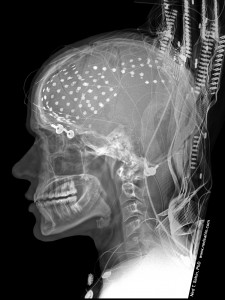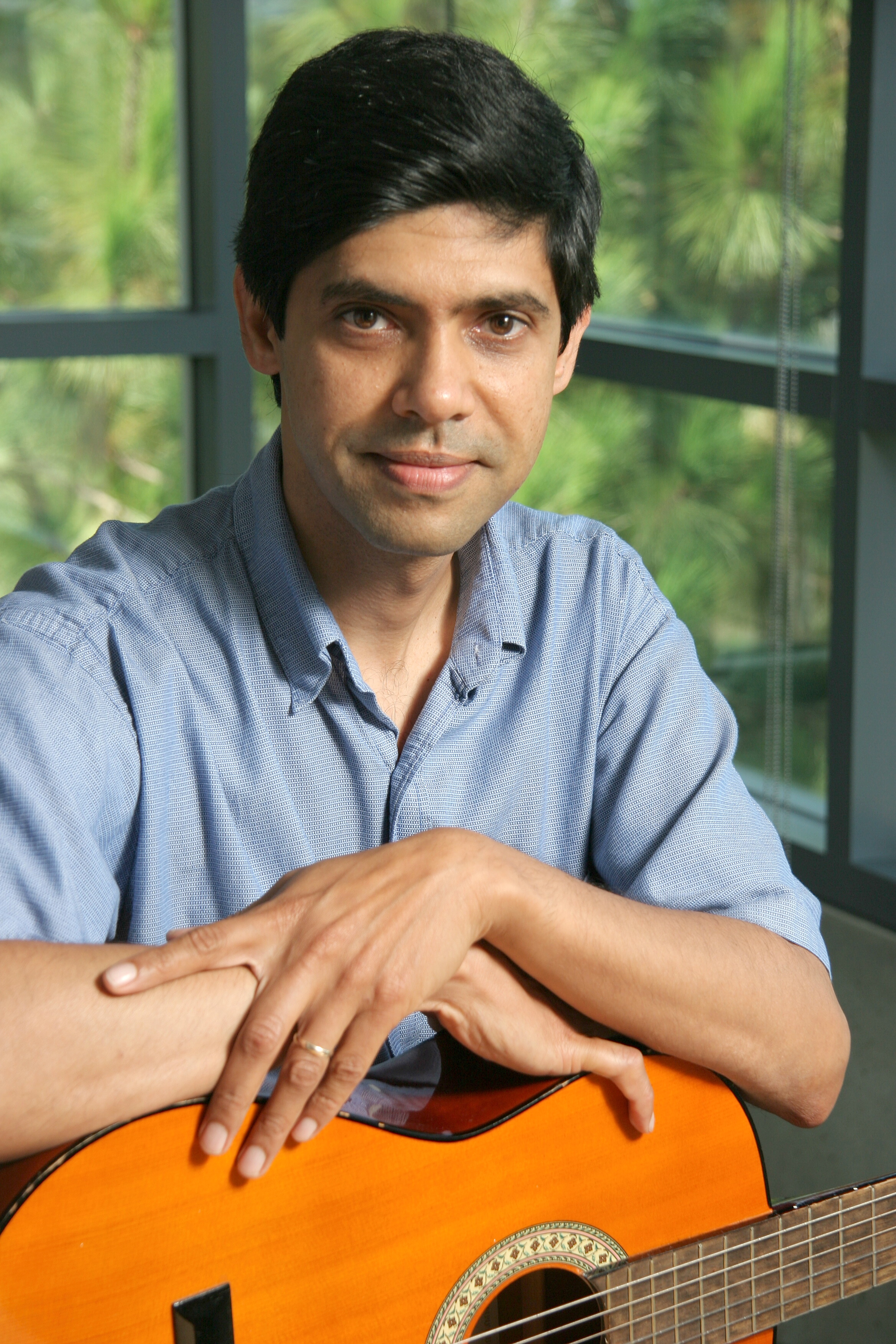“The alpha rhythm of the brain has a range from eight to twelve hertz, and, if amplified enormously and channeled through an appropriate transducer, can be made audible.” So begins the score to Alvin Lucier’s Music for Solo Performer, premiered nearly a half century ago at Brandeis University’s Rose Art Museum, just outside of Boston, in collaboration with John Cage. The score continues: “Place an EEG scalp electrode on each hemisphere of the occipital, frontal, or other appropriate region of the performer’s head. Attach a reference electrode to an ear, finger, or other region suitable for cutting down electrical noise. Route the signal through an appropriate amplifier and mixer to any number of amplifiers and loudspeakers directly coupled to percussion instruments.” Lucier’s piece marks an early effort to highlight deep connections between sound, the brain and performance. As we continue our emphasis on sound and the body this spring, we turn our focus more fully to such questions of cognition and sound. In “Sounds and the Brain,” Aniruddh Patel will explore cognitive frameworks for relating sound (instrumental music, speech) and actions in cross-cultural contexts. He will be joined by the newest member of Harvard’s Music Department faculty, Vijay Iyer, who will similarly consider questions of action as it relates to improvisation in both live and recorded performance.
As always, pre-circulating papers are available for download under “Papers” (also here for Patel and here for Iyer).



